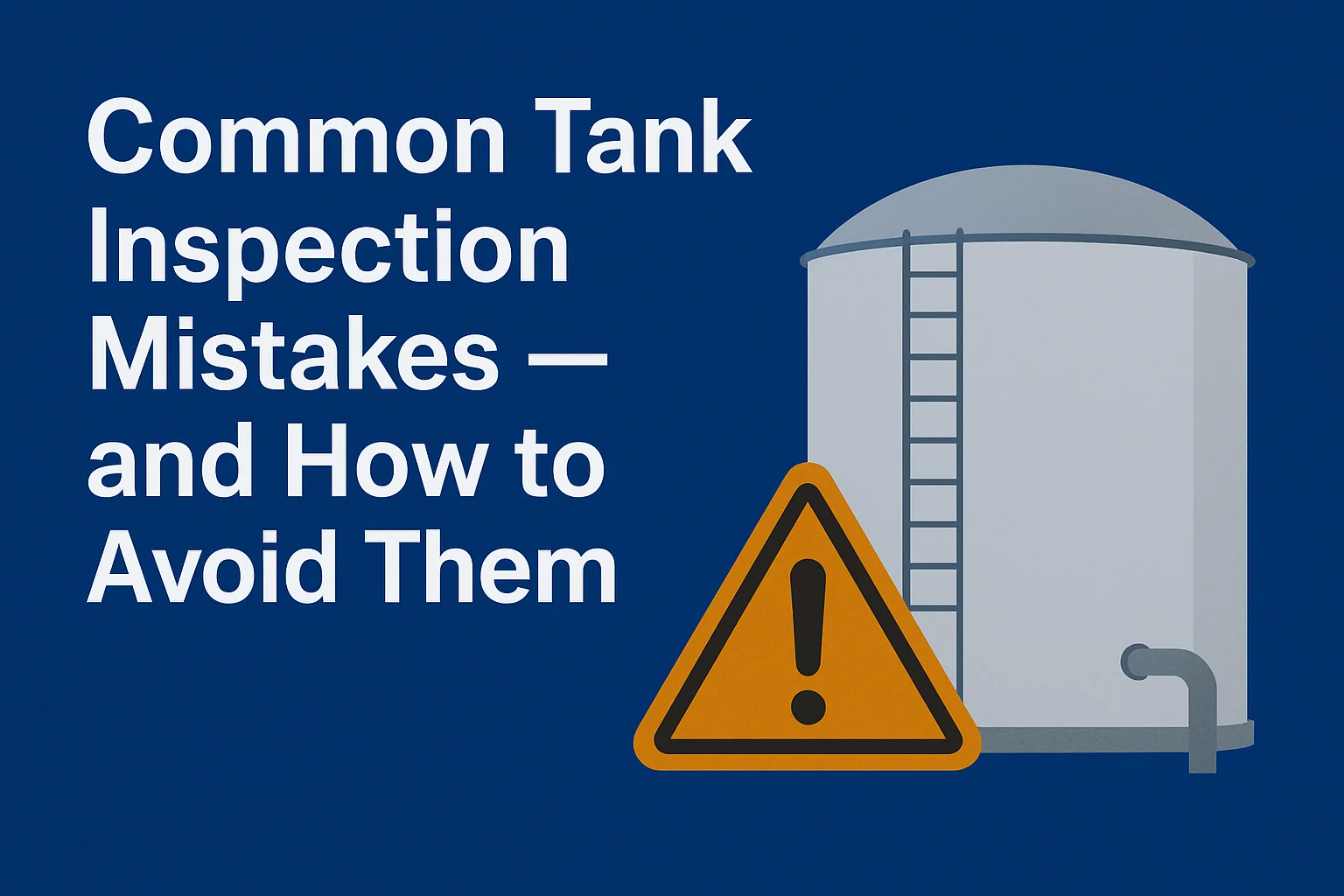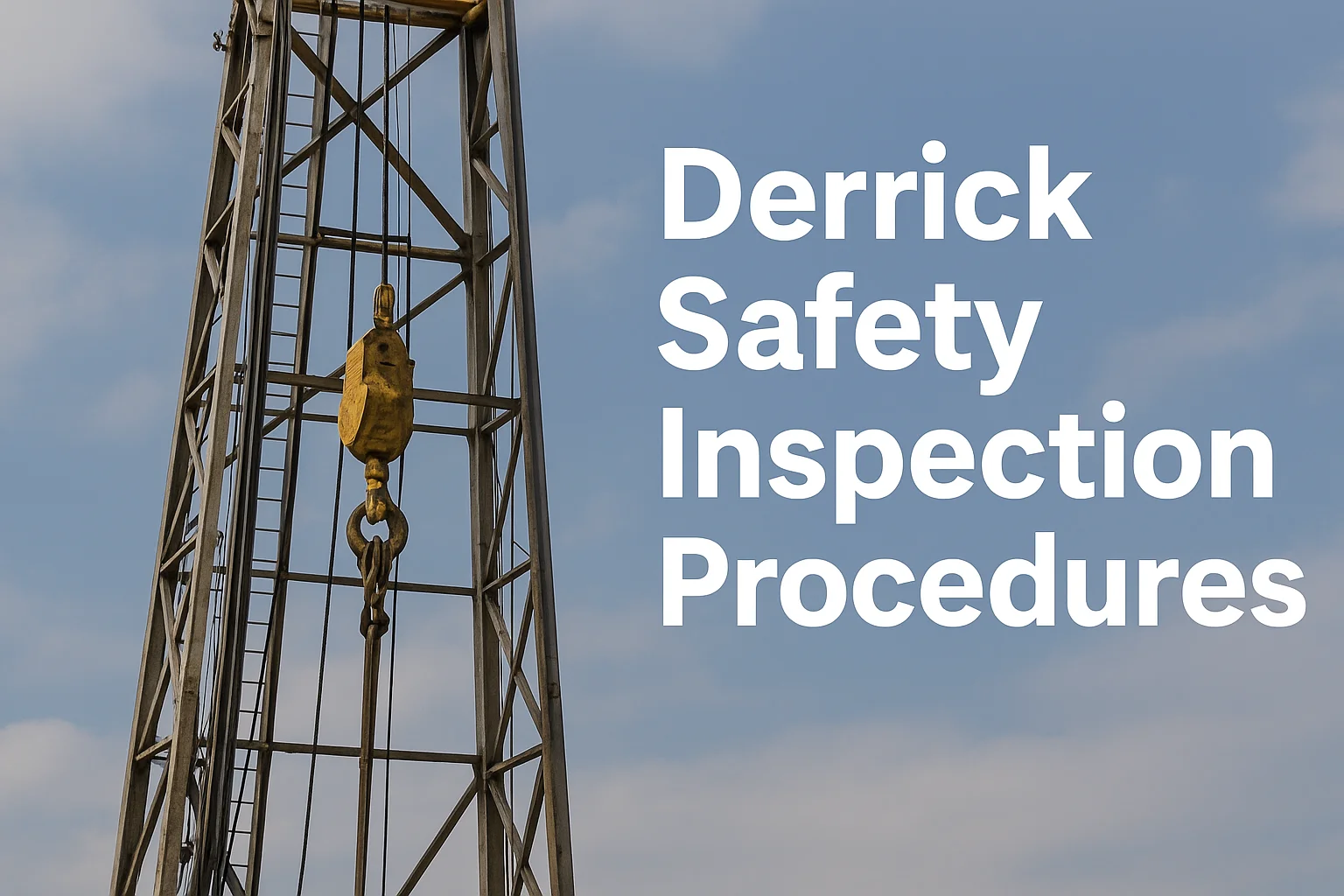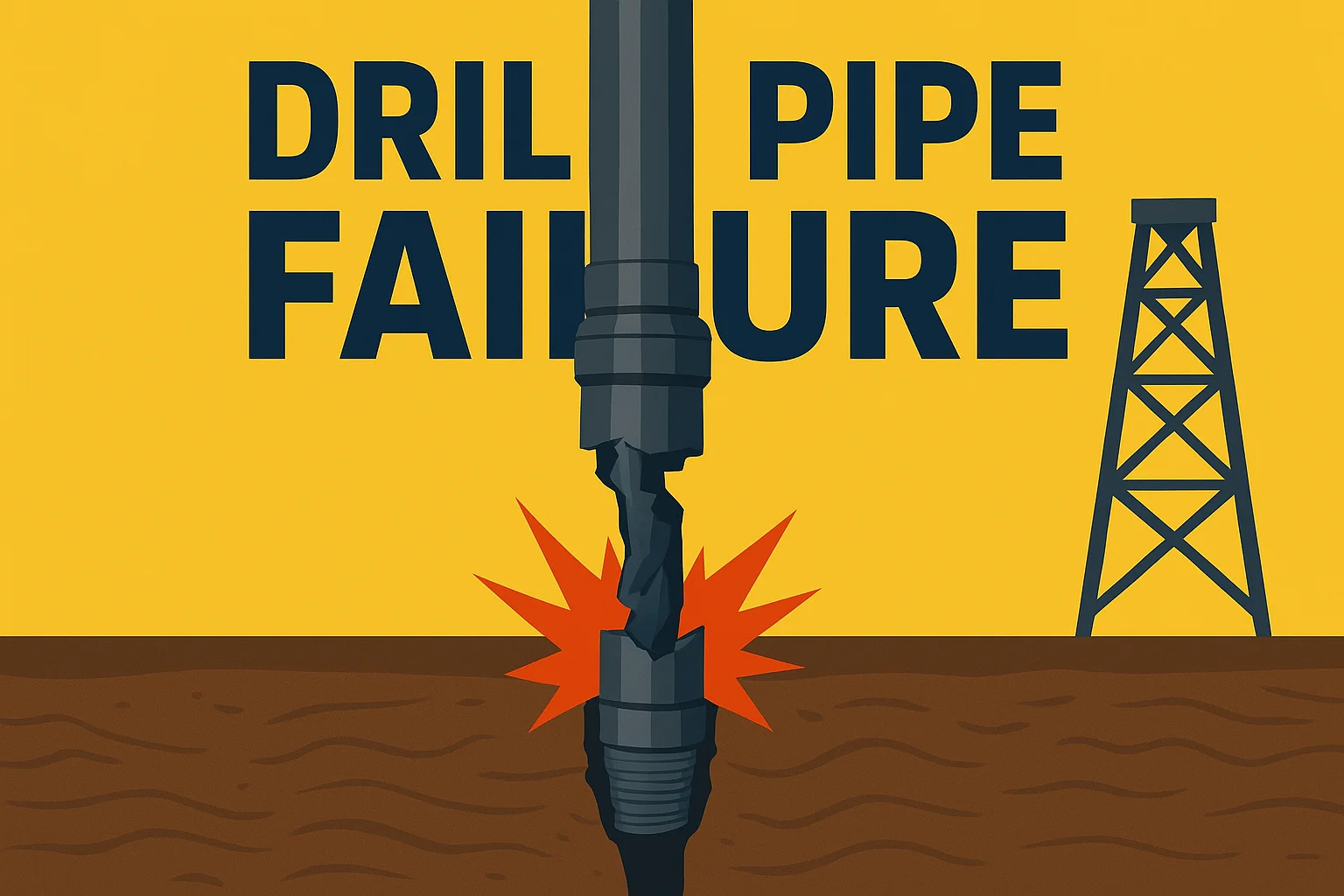Inspections Track Software For Oil and Gas Inspection Industry

Ensuring your oil & gas storage tanks are safe, compliant and efficient starts with spotting and correcting common inspection errors.in this blog we’ll explore in details about Common Tank Inspection Mistakes & Fixes .
Tank inspections are essential in the oil & gas industry because storage tanks are high-risk, high-value assets. They can suffer from leaks, corrosion, structural weaknesses, or regulatory non-compliance. If you don’t inspect properly (and regularly), small issues can escalate — leading to costly repairs, environmental damage, fines, or even safety incidents.
By having a robust tank inspection process, you:
Below are common mistakes that many oil & gas companies make during tank inspections, along with details about why they happen and how damaging they can be.
| # | Mistake | Why It Happens | Consequences |
|---|---|---|---|
| 1 | Incomplete or Infrequent Inspections | Tight schedules, low budgets, or lack of prioritization. | Undetected wear, leaks, or structural failure which can lead to safety risks or shutdowns. |
| 2 | Poor Record Keeping & Documentation Errors | Manual paperwork, inconsistent formats, lost forms. | Compliance issues; during audits, missing or incorrect documents can lead to fines or penalties. |
| 3 | Ignoring NDT (Non-Destructive Testing) Results | Lack of expertise, skipping tests to save cost/time, or misinterpreting results. | Undetected defects; reduced structural integrity; risk of failure. |
| 4 | Inadequate Inspection Personnel Training | New inspectors; reliance on outdated methods; unclear standards. | More human errors; misjudgments; inconsistent inspection quality. |
| 5 | Overlooking Corrosion & Material Degradation | Poor visibility; deferred maintenance; lack of frequent checks. | Accelerated deterioration; leaks; potential environmental damage. |
| 6 | Miscommunication Between Field & Office Teams | Delayed reporting; different formats; missing photos or data. | Slower response; corrected issues delayed; may lead to compliance gaps. |
| 7 | Not Using Inspection Tracking Software or Outdated Tools | Budget constraints; fear of change; comfort with legacy systems. | Manual errors; missed inspections; inability to analyse data trends or predict risks. |
Here are actionable strategies to prevent these issues. Use these in your inspection protocols to make your tank inspections more reliable and effective.

Modern inspection tracking software plays a critical part in avoiding many of the mistakes listed above. Here’s what such tools provide — and how they help.

| Mistake | How Software Prevents It |
|---|---|
| Incomplete inspections | Enforced templates with required fields; alerts for missing data. |
| Poor documentation | Digital storage of all records, photos, NDT files; version control. |
| Ignoring NDT results | Central data store; trend analysis; automated flagging of anomalies. |
| Training gaps | In-app guidance; standard procedures; audit trails. |
| Corrosion overlooked | Periodic scheduled inspections; photo history; corrosion maps. |
| Miscommunication | Real-time sync; field-office visibility; role-based access. |
| Legacy/outdated tools | Modern, cloud-based, mobile, offline capable; less reliance on paper/spreadsheets. |
Tank inspections are critical, whether for safety, compliance, or cost savings. But making mistakes—such as skipping inspections, ignoring NDT, or using outdated tools—can be expensive or more dangerous. By applying best practices, training the team, and adopting appropriate inspection tracking software, you can avoid common pitfalls.
When you invest in modern, digital inspection workflows, you get more than just avoiding mistakes. You get:
Read more : digital vs analog pressure gauges calibration techniques
It depends on the type of tank (above-ground vs underground), its service (chemical, crude oil, etc.), regulatory requirements (e.g. API 653), and risk factors like corrosion rate or environmental conditions. Many companies schedule visual inspections monthly, more detailed inspections annually or as required.
Ultrasonic Thickness Gauging (UTG), Magnetic Flux Leakage (MFL), eddy current (for welds or shell), and thermography are commonly used. Each has strengths; combining methods often yields better detection.
Initial cost may include licensing, setup, and training. However, the ROI often comes quickly via reduced downtime, fewer failures, better compliance, and reduced labor/time costs.
API 653 (for above-ground tanks), API 650, API 620 depending on design; local/regional safety and environmental regulations. Always verify the applicable standards in your jurisdiction or industry.

Keeping derricks safe is not optional—it’s a critical responsibility for every drilling operation. Because derrick structures face constant load, vibration, and extreme environments, even a minor oversight can lead to costly downtime or major safety…

Drill pipe failure is one of the costliest and most dangerous issues in the oil and gas industry. When a pipe fails, the entire drilling operation can stop instantly, leading to safety risks, equipment loss,…
SkySoft Connections provides quality IT services around the globe. Our services begin with experience and end with dedication, ensuring innovation and reliability
© Copyrights, 2024 All Rights Reserved Skysoftconnections
Contact us
Get notified about new articles
Comment (1)
Fuel Oil Tank Calibration & Strapping Guide - inspectionstrack
Nov 25, 2025[…] common tank inspection mistakes fixes […]
Comments are closed.